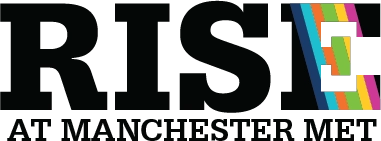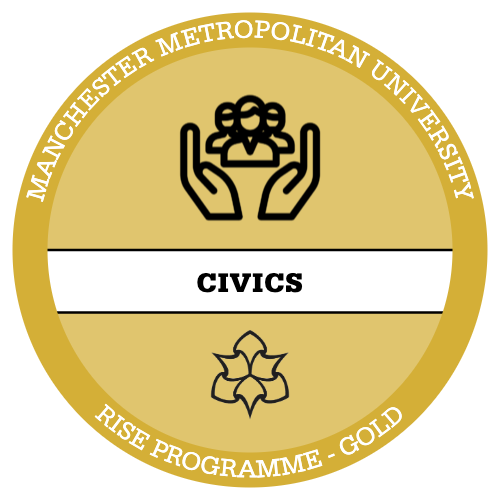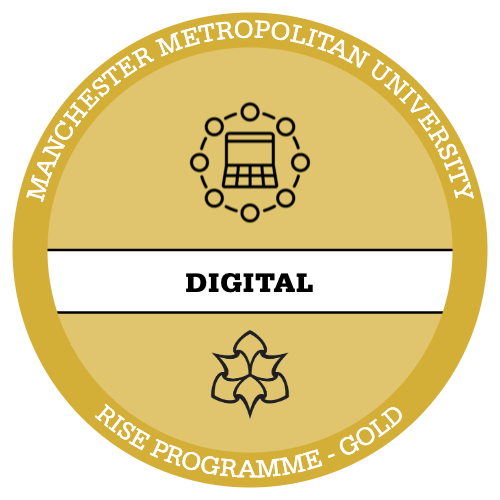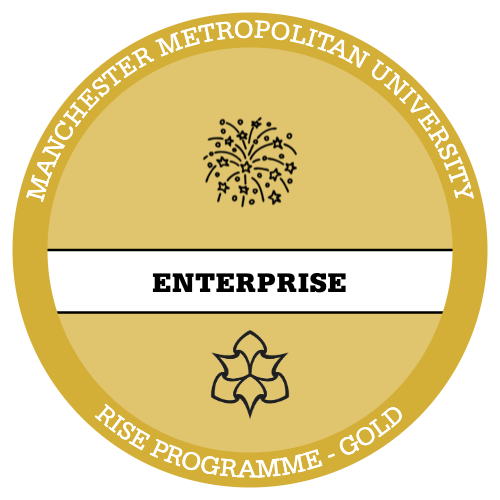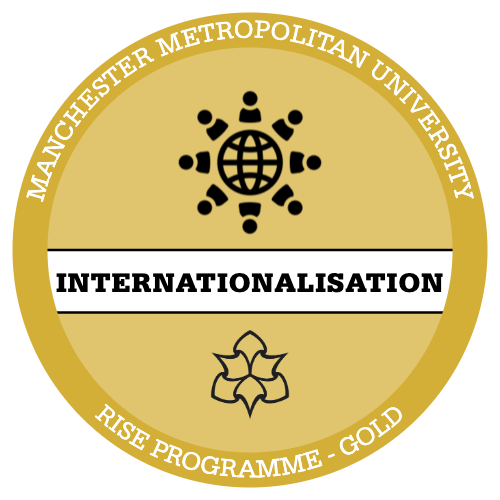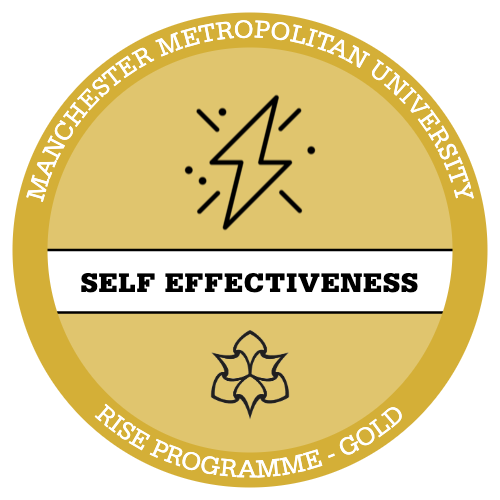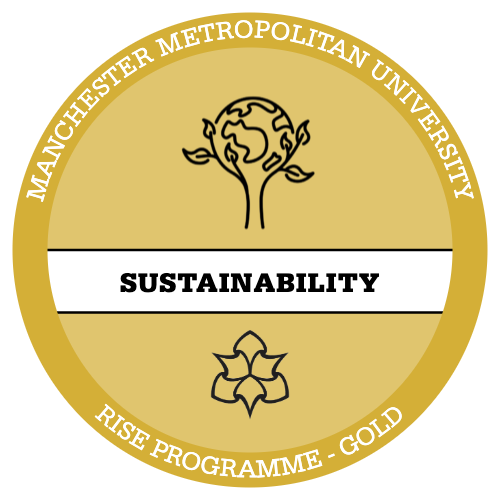Many early childhood educators advocate that to promote creative thinkers, we need to value children as strong competent learners whose voices need to be listened to and nurtured rather than closed down and channelled into existing ways of thinking and doing.
This next two activities will introduce you to the inspirational practice of Reggio Emilia, a small municipality near Bologna in Italy, to reflect on how they promote children’s voices, choices and ideas and at the same time develop community arts projects of the highest quality.
The Reggio Emilia approach (Italy)- developed by Loris Malaguzzi has been inspiring early years educators for the last 40 years.
The program is based on the principles of respect, responsibility, and community through exploration and discovery in a supportive and enriching environment based on the interests of the children through a self-guided curriculum in the form of projects that:
- Develop children’s project ideas.
- Develop children’s observational and process skills through artist guides.
- Gives space and time to develop their projects.
Reggio practice argues that
- Children must have some control over the direction of their learning
- Children must be able to learn through experiences of touching, moving, listening, and observing
- Children have a relationship with other children and with material items in the world that children must be allowed to explore
- Children must have endless ways and opportunities to express themselves.
- Teachers must listen, observe, provide experiences and explore ideas with children
- Projects must include community involvement and participation in community

Watch: Vea Vecchi, Art and Creativity in Reggio Emilia
Centro Internazionale Loris Malaguzzi
Watch the video below featuring Vea Vecci one of the artists who works at Reggio Emilia (it is in Italian so be prepared to read the subtitles)
The Reggio Emilia Approach® is an educational philosophy based on the image of a child with strong potentialities for development and a subject with rights, who learns through the hundred languages belonging to all human beings, and grows in relations with others. (Reggio Emilia Website)

Read: Reggio Emilia website
Visit the Reggio Emilia website starting with their timeline – Reggio Children – Timeline.
Explore what resources they have available and make some notes about the Reggio approach using short quotes from the website. Include links to the website as part of your notes.

Stop and Reflect:
After watching the video above, use your portfolio to complete the following task:
- What is so special about Reggio Emilia? Why does it inspire people from around the world to visit and to try to emulate aspects of Reggio practice?
- What different art projects do you notice? Pause the video to look at the images.
- Write a short description of 2 of the projects mentioned playing particular attention to what you notice about the quality of the children’s work.
